News
► [NEW!] [Feb 2025] 4 papers accepted by CVPR 2025. 1 paper accepted by CVPR 2025 CVEU workshop.
► [NEW!] [Feb 2025] Promoted to Senior Research Scientist at Adobe Research!
► [Oct. 2024] 2 papers accepted by NeurIPS 2024.
► [July 2024] 2 papers accepted by ECCV 2024.
► [Jan. 2024] 1 papers accepted by 3DV 2024.
► [Nov. 2023] Our video super-resolution project #ProjResUp was presented at Adobe Max 2023 (Sneak Peak) [Youtube Link] [Press]
► [Nov. 2023] Our paper 3D generation foundation model "LRM: Large Reconstruction Model for Single Image to 3D" has been accepted by ICLR 2023.
► [Oct. 2023] 2 papers accepted by ICCV 2023.
► [Oct. 2022] 1 paper accepted by SIGGRAPH ASIA 2022.
► [Oct. 2022] 2 papers accepted by ECCV 2022.
► [Jun. 2022] 2 papers accepted by CVPR 2022.
► [May 2021] Start my new journey at Adobe Research as a full-time research scientist.
► [Mar. 2021] Gave a talk on deep learning architectures for character animation at Intelligent Graphics Lab, Chinese Academy of Sciences.
► [Nov. 2020] Our summer intern project #OnTheBeatSneak was presented at Adobe MAX 2020 (Sneak Peek). [Quick Look] [Full Youtube Link] [Press]
► [Aug. 2020] Our paper MakeItTalk accepted by SIGGRAPH ASIA 2020. [Video]
► [Nov. 2019] Our summer intern project #SweetTalkSneak was presented at Adobe MAX 2019 (Sneak Peek). [Youtube Link] [Press]
► [Aug. 2019] Our paper on Animation Skeleton Prediction accepted by 3DV 2019.
► [Jul. 2019] Our paper SceneGraphNet accepted by ICCV 2019.
► [Jun. 2019] Joined Adobe CIL (Seattle) as a summer intern.
► [Jun. 2018] Joined Wayfair Next Research as a summer intern and fall co-op intern.
Publications
Video Generation and Visual Effects
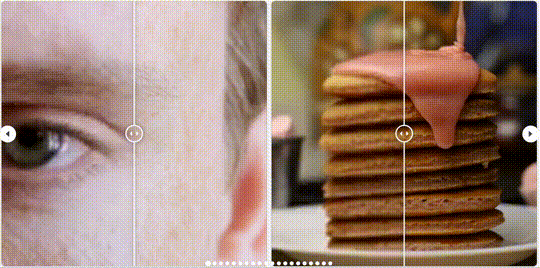 |
VideoGigaGAN: Towards Detail-rich Video Super-Resolution
Yiran Xu, Taesung Park, Richard Zhang, Yang Zhou, Eli Shechtman, Feng Liu, Jia-Bin Huang, Difan Liu CVPR 2025 PDF Project |
 |
Progressive Autoregressive Video Diffusion Models
Desai Xie, Zhan Xu, Yicong Hong, Hao Tan, Difan Liu, Feng Liu, Arie Kaufman, Yang Zhou CVPR 2025 CVEU Workshop PDF Project |
 |
Customize-a-Video: One-Shot Motion Customization of Text-to-Video Diffusion Models
Ren, Yixuan, Yang Zhou, Jimei Yang, Jing Shi, Difan Liu, Feng Liu, Mingi Kwon, and Abhinav Shrivastava ECCV 2024 PDF Project |
 |
HARIVO: Harnessing Text-to-Image Models for Video Generation
Mingi Kwon, Seoung Wug Oh, Yang Zhou, Joon-Young Lee, Difan Liu, Haoran Cai, Baqiao Liu, Feng Liu, Youngjung Uh ECCV 2024 PDF Project |
 |
Jump Cut Smoothing for Talking Heads
Wang, Xiaojuan, Taesung Park, Yang Zhou, Eli Shechtman, and Richard Zhang Arxiv 2024 PDF Project |
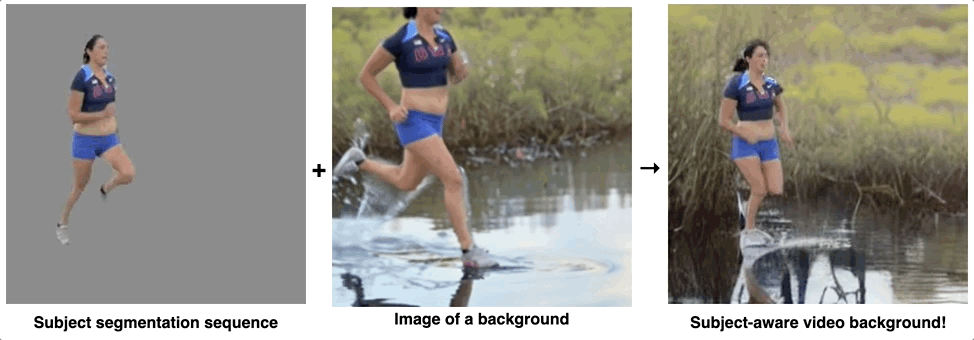 |
ActAnywhere: Subject-Aware Video Background Generation
Pan, Boxiao, Zhan Xu, Chun-Hao Paul Huang, Krishna Kumar Singh, Yang Zhou, Leonidas J. Guibas, and Jimei Yang NeurIPS 2024 PDF Project |
Digital Human and Characters
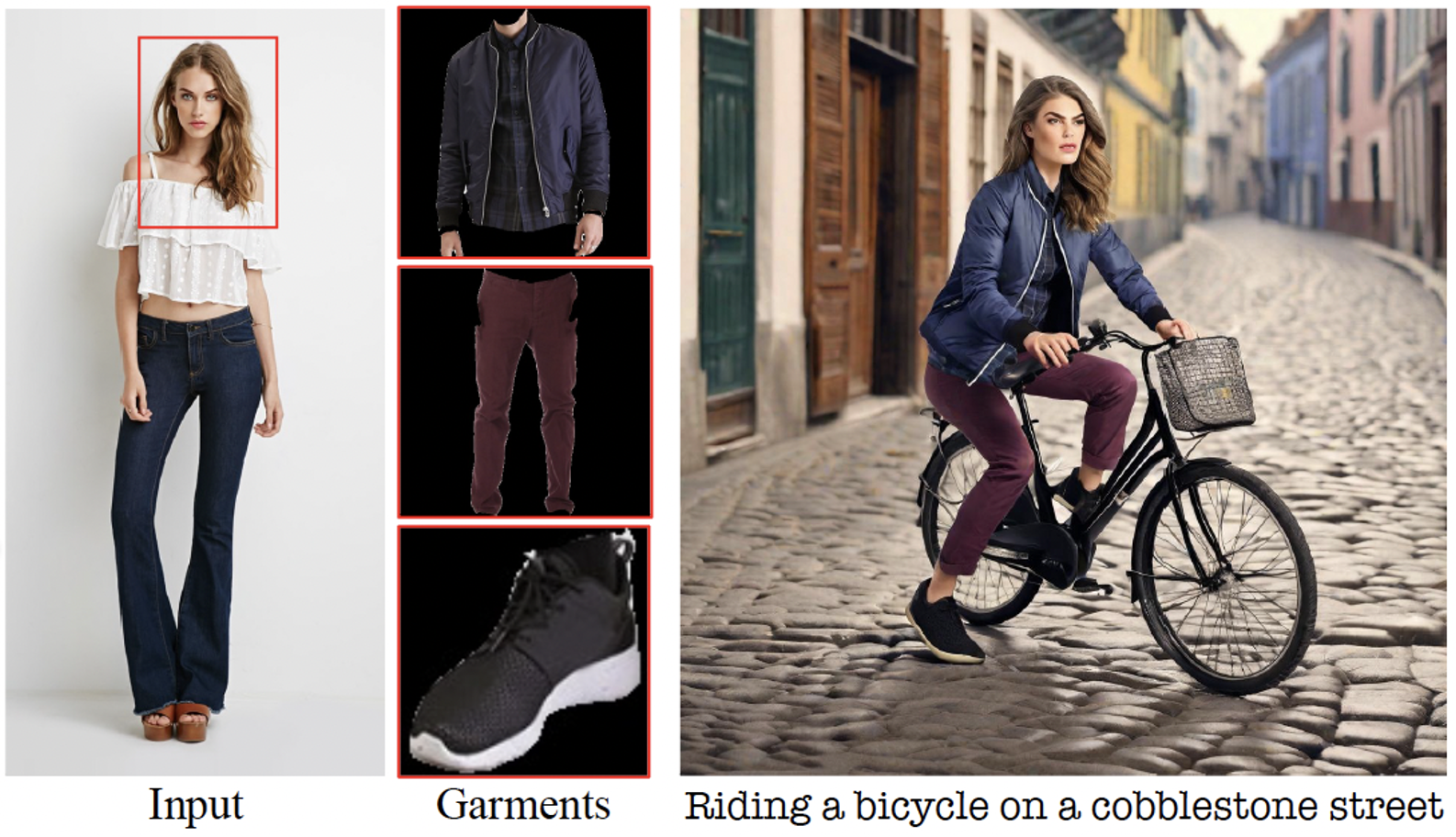 |
Visual Persona: Foundation Model for Full-Body Human Customization
Jisu Nam, Soowon Son, Zhan Xu, Jing Shi, Difan Liu, Feng Liu, Seungryong Kim, Yang Zhou CVPR 2025 PDF Project |
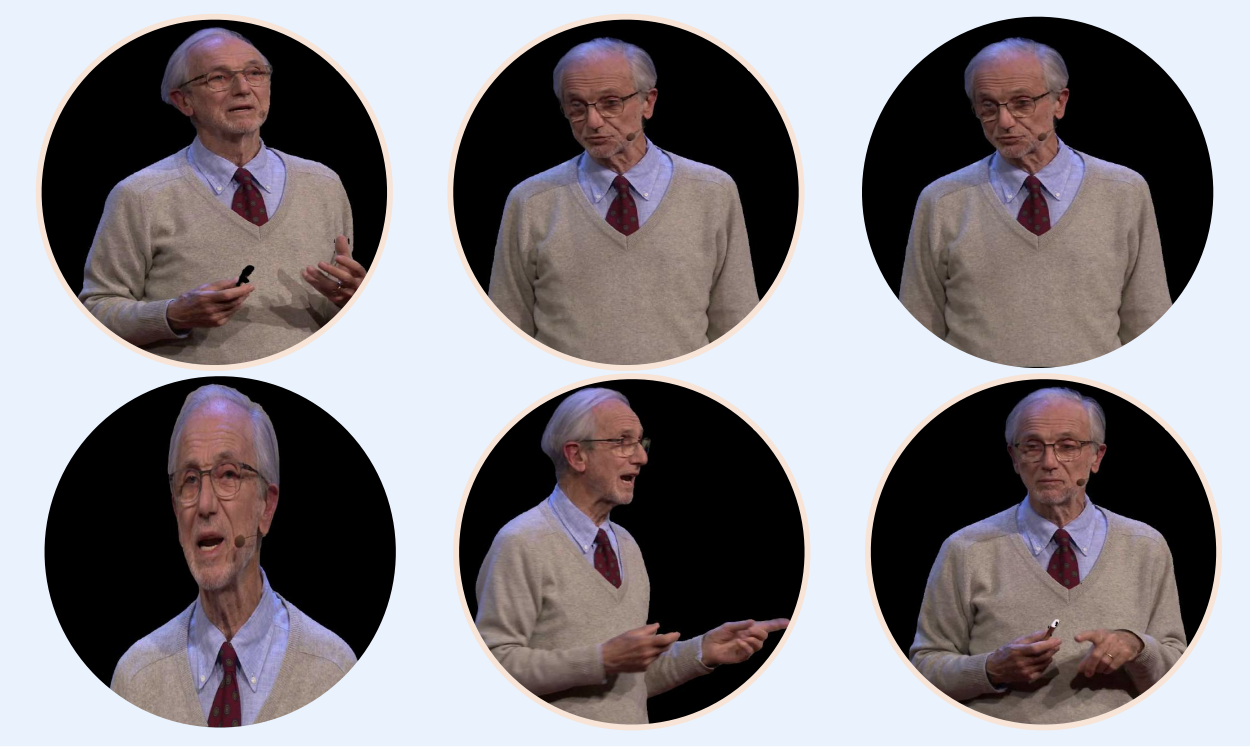 |
Free-viewpoint Human Animation with Pose-correlated Reference Selection
Fa-Ting Hong, Zhan Xu, Haiyang Liu, Qinjie Lin, Luchuan Song, Zhixin Shu, Yang Zhou, Duygu Ceylan, Dan Xu CVPR 2025 |
 |
Move-in-2D: 2D-Conditioned Human Motion Generation
Hsin-Ping Huang, Yang Zhou, Jui-Hsien Wang, Difan Liu, Feng Liu, Ming-Hsuan Yang, Zhan Xu CVPR 2025 PDF Project |
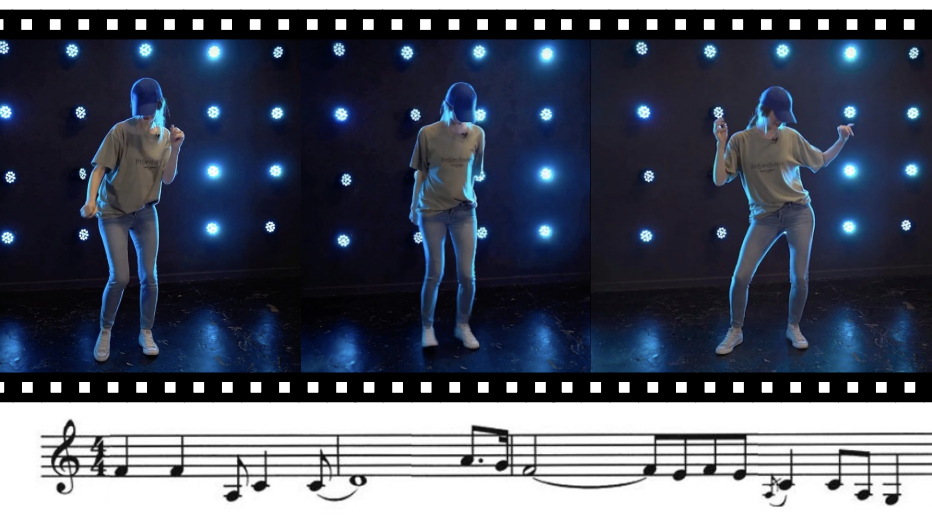 |
Video Motion Graphs
Haiyang Liu, Zhan Xu, Fa-Ting Hong, Hsin-Ping Huang, Yi Zhou, Yang Zhou Arxiv 2025 |
 |
Template-Free Single-View 3D Human Digitalization with Diffusion-Guided LRM
Weng, Zhenzhen, Jingyuan Liu, Hao Tan, Zhan Xu, Yang Zhou, Serena Yeung-Levy, and Jimei Yang Arxiv 2024 PDF Project |
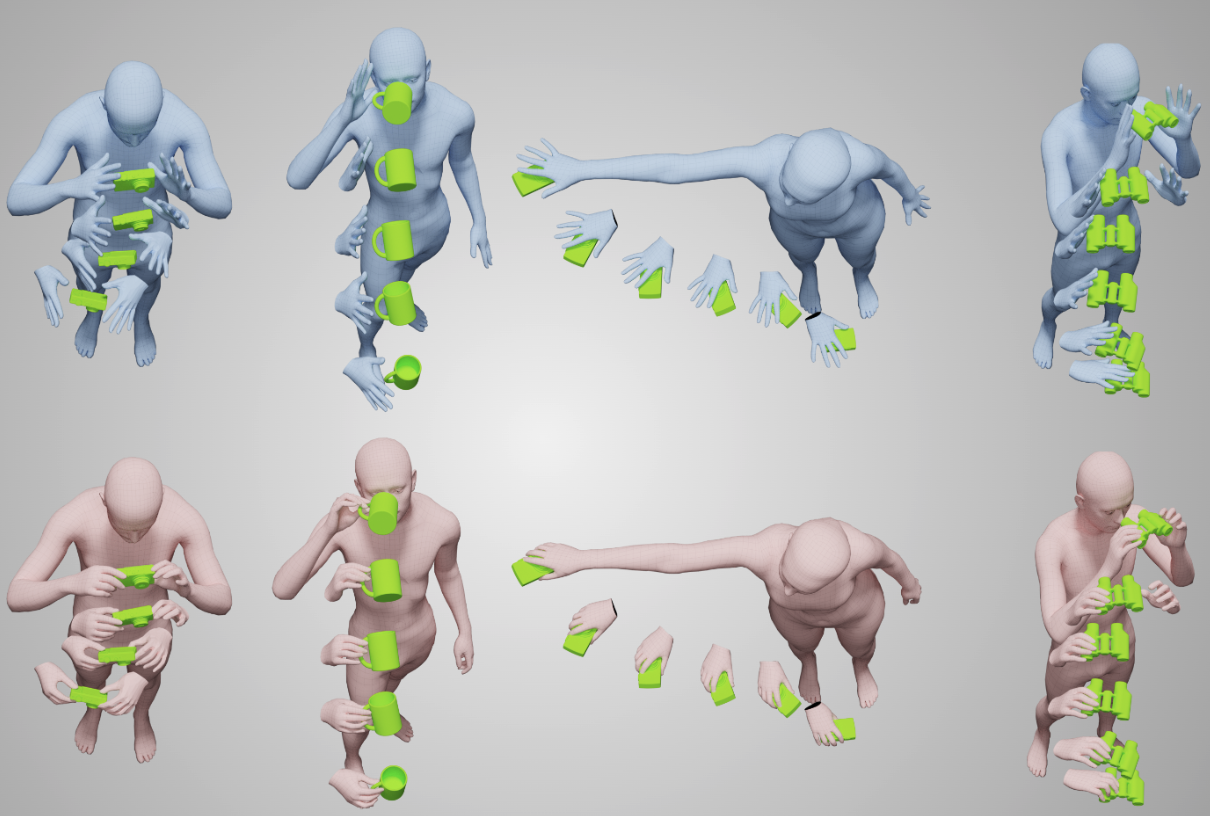 |
GRIP: Generating Interaction Poses Using Spatial Cues and Latent Consistency
Taheri, Omid, Yi Zhou, Dimitrios Tzionas, Yang Zhou, Duygu Ceylan, Soren Pirk, and Michael J. Black. 3DV 2024 PDF Project |
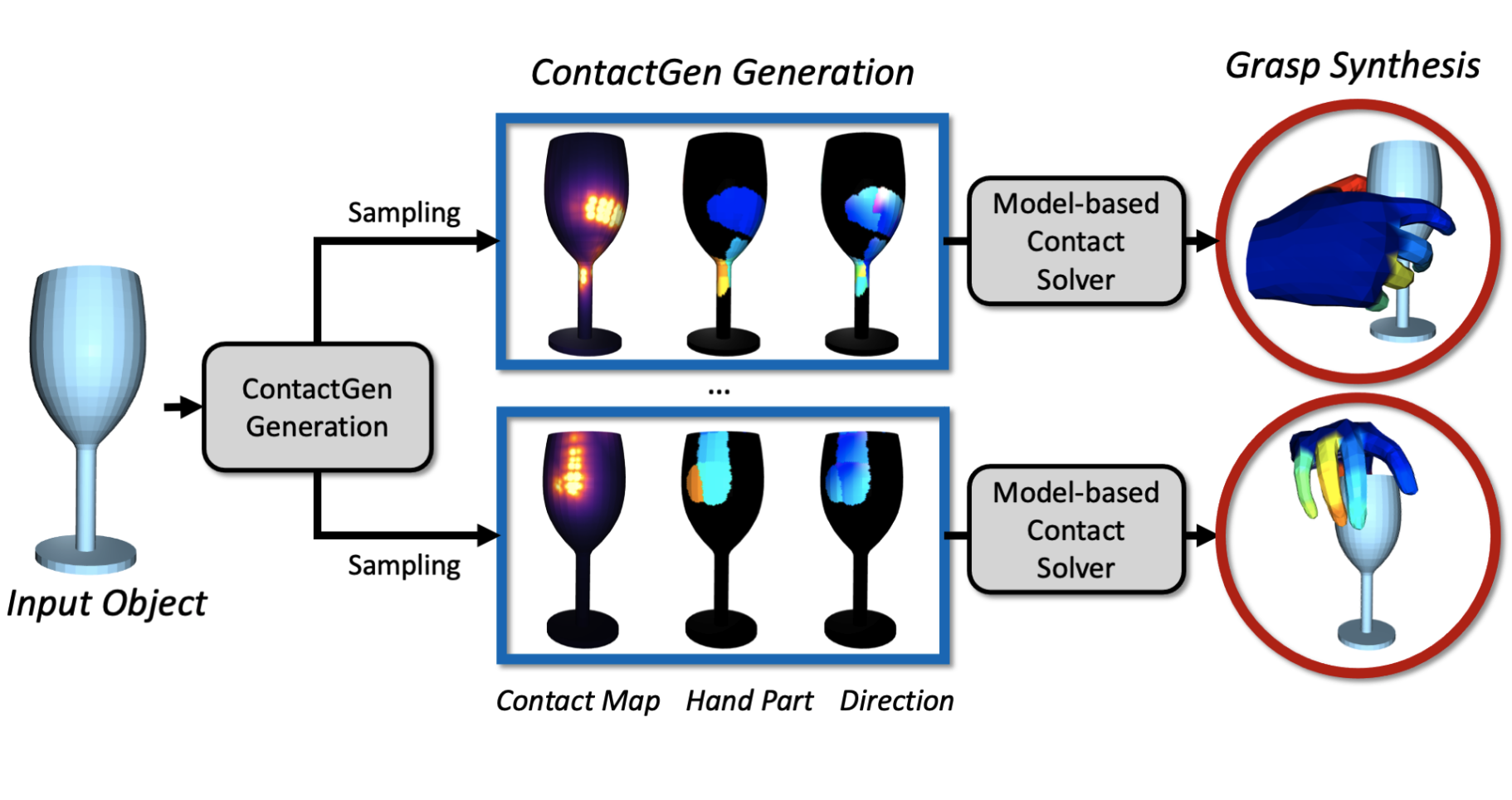 |
ContactGen: Generative Contact Modeling for Grasp Generation
Liu, Shaowei, Yang Zhou, Jimei Yang, Saurabh Gupta, and Shenlong Wang ICCV 2023 PDF Project |
 |
Audio-driven Neural Gesture Reenactment with Video Motion Graphs
Yang Zhou, Jimei Yang, Dingzeyu Li, Jun Saito, Deepali Aneja, and Evangelos Kalogerakis CVPR 2022 PDF Project |
 |
MoRig: Motion-Aware Rigging of Character Meshes from Point Clouds
Zhan Xu, Yang Zhou, Li Yi, and Evangelos Kalogerakis SIGGRAPH ASIA 2022 PDF Project |
 |
Skeleton-free Pose Transfer for Stylized 3D Characters
Zhouyingcheng Liao, Jimei Yang, Jun Saito, Gerard Pons-Moll, and Yang Zhou ECCV 2022 PDF Project |
 |
Learning Visibility for Robust Dense Human Body Estimation
Chun-Han Yao, Jimei Yang, Duygu Ceylan, Yi Zhou, Yang Zhou, and Ming-Hsuan Yang ECCV 2022 PDF Project |
 |
APES: Articulated Part Extraction from Sprite Sheets
Zhan Xu, Matthew Fisher, Yang Zhou, Deepali Aneja, Rushikesh Dudhat, Li Yi, and Evangelos Kalogerakis CVPR 2022 PDF Project |
 |
MakeItTalk: Speaker-Aware Talking-Head Animation
Yang Zhou, Xintong Han, Eli Shechtman, Jose Echevarria, Evangelos Kalogerakis, and Dingzeyu Li SIGGRAPH ASIA 2020 PDF Project Video 1 Video 2 |
 |
RigNet: Neural Rigging for Articulated Characters
Zhan Xu, Yang Zhou, Evangelos Kalogerakis, Chris Landreth, and Karan Singh SIGGRAPH 2020 PDF Project |
 |
Predicting Animation Skeletons for 3D Articulated Models via Volumetric Nets
Zhan Xu, Yang Zhou, Evangelos Kalogerakis, and Karan Singh. 3DB 2019 PDF Project |
 |
VisemeNet: Audio-Driven Animator-Centric Speech Animation
Yang Zhou, Zhan Xu, Chris Landreth, Subhransu Maji, Evangelos Kalogerakis, and Karan Singh SIGGRAPH 2018 PDF Project |
3D Object and Scene Synthesis
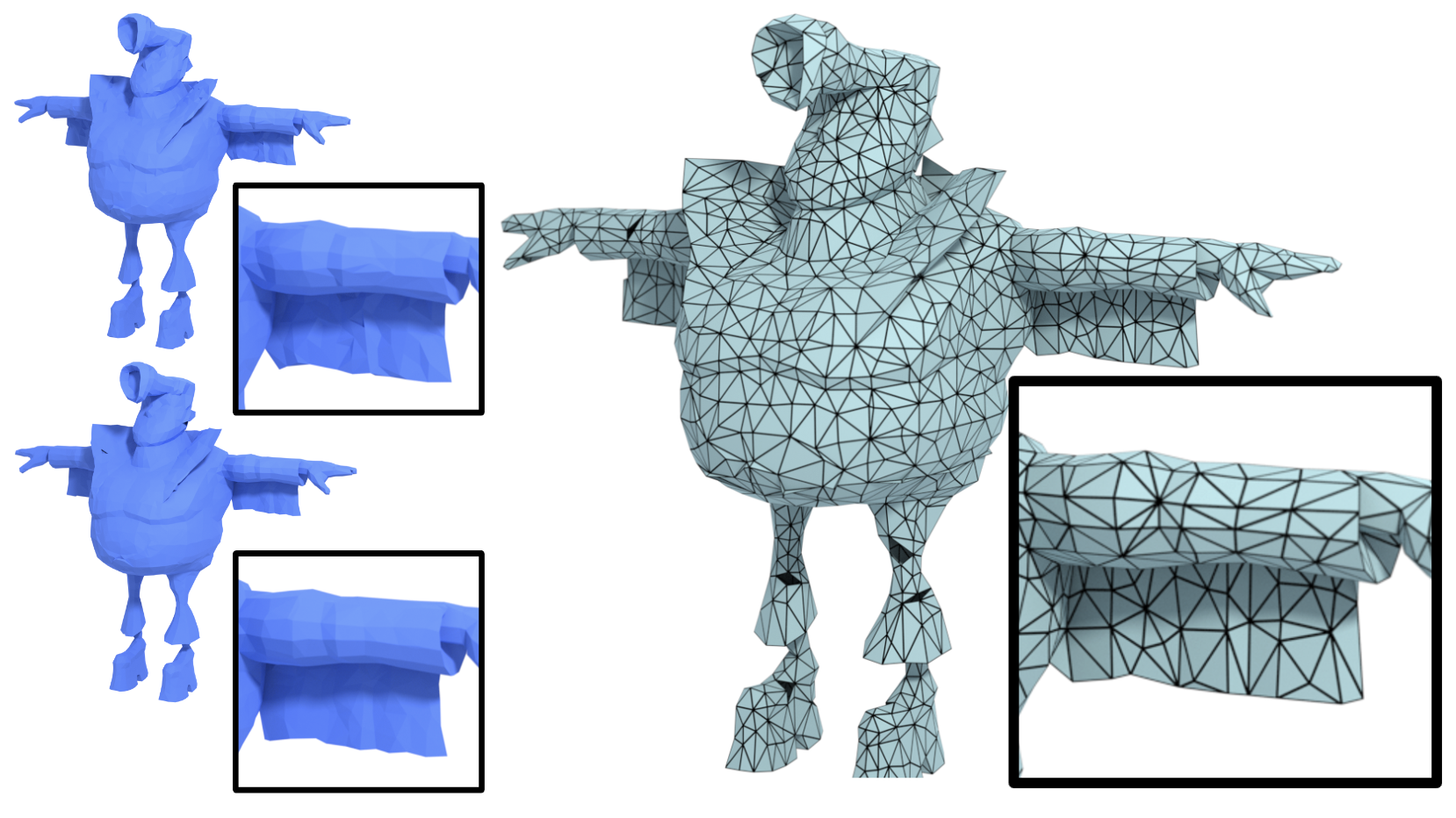 |
DMesh: A Differentiable Mesh Representation
Sanghyun Son, Matheus Gadelha, Yang Zhou, Zexiang Xu, Ming Lin, Yi Zhou NeurIPS 2024 PDF Project |
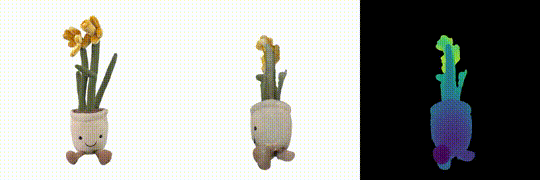 |
LRM: Large Reconstruction Model for Single Image to 3D
Hong, Yicong, Kai Zhang, Jiuxiang Gu, Sai Bi, Yang Zhou, Difan Liu, Feng Liu, Kalyan Sunkavalli, Trung Bui, and Hao Tan ICLR 2024 PDF Project |
|
|
Learning Navigational Visual Representations with Semantic Map Supervision
Hong, Yicong, Yang Zhou, Ruiyi Zhang, Franck Dernoncourt, Trung Bui, Stephen Gould, and Hao Tan ICCV 2023 |
 |
SceneGraphNet: Neural Message Passing for 3D Indoor Scene Augmentation
Yang Zhou, Zachary While, and Evangelos Kalogerakis ICCV 2019 PDF Project |
Experience
Adobe, Inc | Media Intelligent Lab
May 2021 | Research ScientistWorking on various research projects including video generation, digital human, 3D generation, etc.
Adobe, Inc | Media Intelligent Lab
June, 2020 | InternCollaborate with researchers on 3D facial/skeleton animations based on deep learning approaches.
Our intern project #OnTheBeatSneak was presented at Adobe MAX 2020 (Sneak Peek).
Adobe, Inc | Creative Intelligence Lab
June, 2019 | InternCollaborate with researchers on audio-driven cartoon and real human facial animations and lip-sync technologies based on deep learning approaches.
Our intern project #SweetTalk was presented at Adobe MAX 2019 (Sneak Peek).
Wayfair, Inc | Wayfair Next Research
June, 2018 | Research InternWorking on 3D scene systhesis based on deep learning approaches.
NetEase Game, Inc
June, 2015 | Management TraineeWorking on mobile game design, especially on profit models and user-experiences.
Contact Me
Best way to reach me is to send an Email


